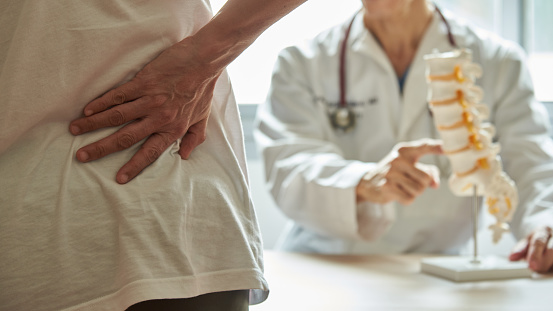The function of individual muscles work together, through a (kinetic) chain reaction, to produce function for the entire body. So while we can try to train our muscles one at a time in the gym (you really can’t), in reality all of the muscles work together to move your body.
Constantly contracting the muscles in isolated exercises causes disconnections in the kinetic chain. Just like a chain that has missing or rusty links, won’t be as strong as a fully functioning new chain.
Every rep that you train a muscle to work by itself, apart from the rest of the chain it’s connected to, trains your brain to severe the built in muscle connections. Like a popular boy band when the lead singer will try to branch out into a career of his own, only to discover that he is nothing without the other members of his band.
Your muscles were designed to work as a team and should be trained together to condition total body integration, the way your body functions day to day. You can’t just use your bicep to take a sip of water, your shoulders are working, your pecs and lats are controlling the shoulder, your triceps are eccentrically loading, and your wrist and forearm muscles are involved. This simple example is used to illustrate the complexities of movement and how a movement might look like it’s controlled by a certain muscle, but not without the assistance of other muscles.
A more complex example is how you use your legs to walk but your legs are also being propelled by your torso and arms working in reciprocation to balance out the forces acting on it. Try walking down the street or across the room without moving your arms or your ribcage and see how awkward that feels. See, you can’t isolate one muscle at a time, not even in a very basic fundamental movement like walking. If your arms are swinging and your ribcage is turning, the muscles that attach to those structures are working. They might not look like an exaggerated exercise like a tricep extension, a chest press, or an oblique wood chop exercise, but they are working, otherwise you couldn’t move.
Exercises are exaggerated to stimulate the muscular system to strengthen and condition muscle functions, so that basic movements like walking, or even playing sports, becomes more efficient and less cumbersome on the body. Like studying hard for school projects only to find that after graduation, the job in the real world doesn’t require such scrutiny as your teachers placed on your grade.
So with the right exercise, your body can learn to exercise as one unit, in order to function efficiently as one unit in the real world. The way our body’s naturally move. Remember, in reality you can’t isolate one muscle at a time, any time you want to work just one muscle, some other muscle is supporting it, working with it, or counter balancing it, so there is always multiple muscle functions going on at once. Since your time exercising is only for a brief segment of your day, that time should be spent conditioning your body for the reality it will live in.
Work with our team of human biomechanics specialists to get the dose of exercise your body actually needs. Resulting in the strength and function you actually want!








